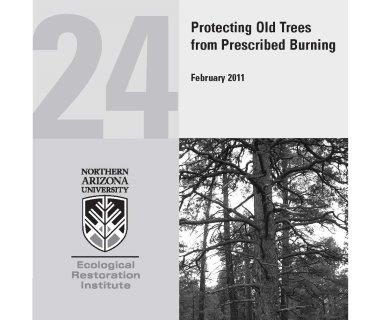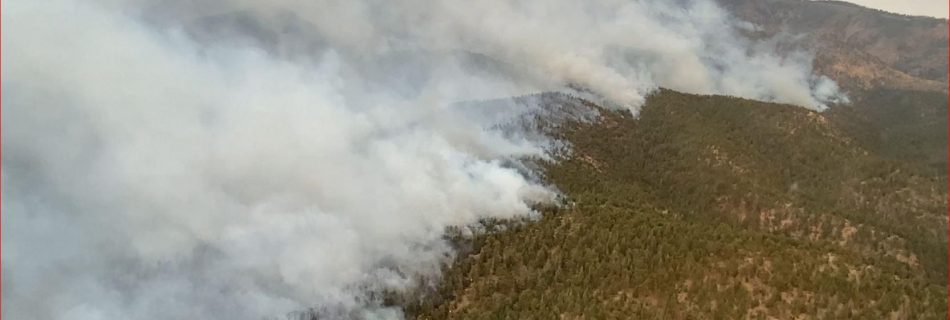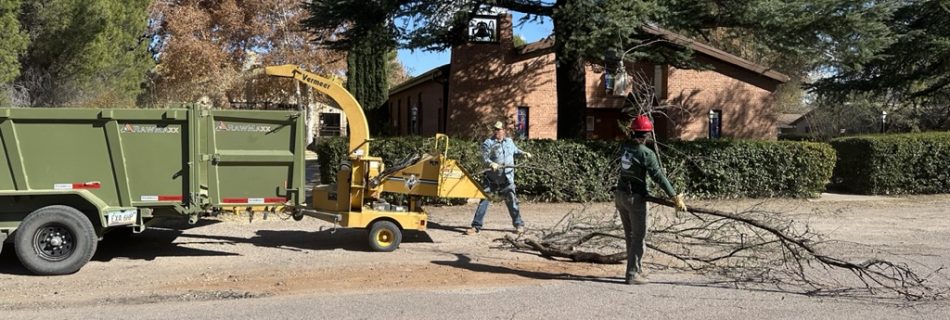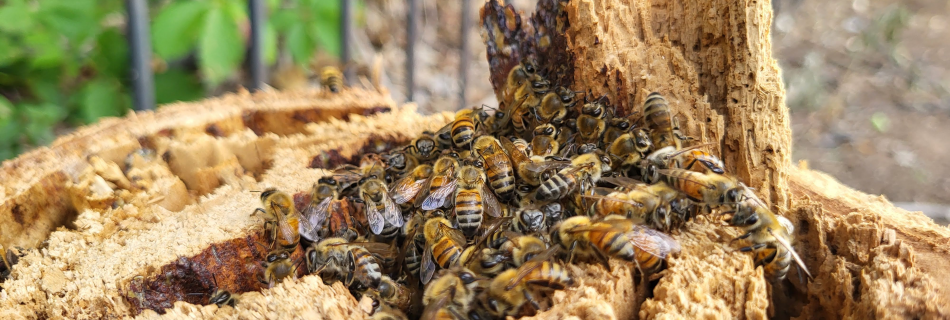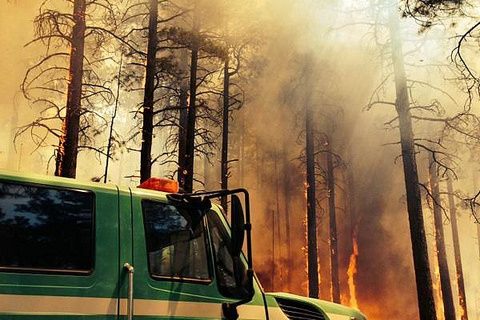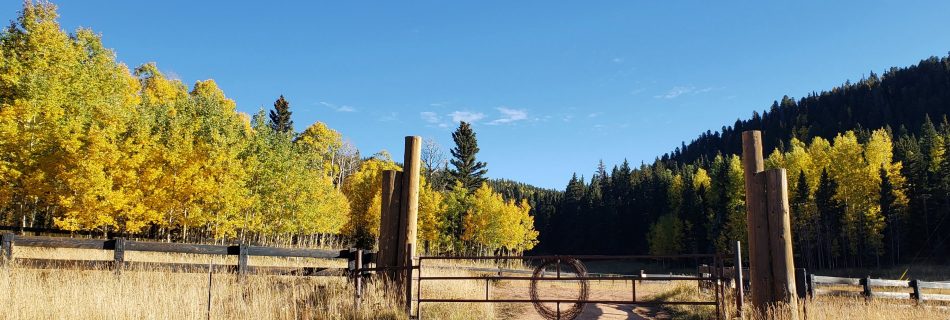Protecting Old Trees from Prescribed Burning
One of the real problems land managers encounter when they work in areas with old-growth trees is the possibility that prescribed burns—a recommended and useful restoration technique, especially when proceeded by mechanical thinning—may kill or seriously injure these biologically and socially important trees. This tricky situation developed in part because decades of fire suppression have …
